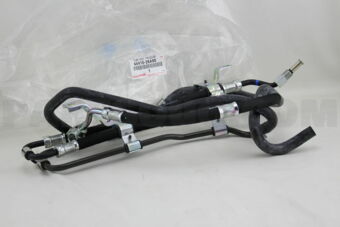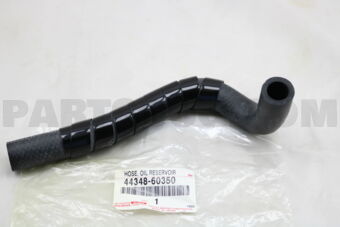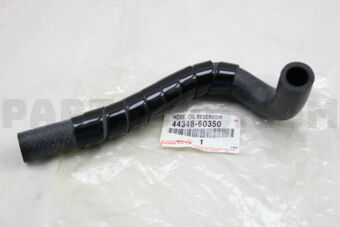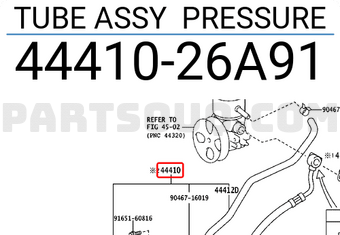Resultados de la búsqueda para: 4441026A90
TUBE ASSY, PRESSURE FEED
Número de parte: 4441026A90
Disponibilidad: 123
Peso, kg: 2.5
Order now:
Marca: Toyota
Made in: Japan
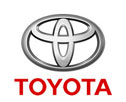
TUBE ASSY, PRESSURE FEED
Número de parte: 4441026A90
Disponibilidad: 157
Peso, kg: 2.5
Procesando: 2-3 días
Marca: Toyota
Made in: Japan

Substituciones
HOSE, OIL RESERVOIR TO PUMP, NO.1
Número de parte: 4434860350
Disponibilidad: 94
Peso, kg: 0.128
Order now:
Marca: Toyota
Made in: Japan

HOSE, OIL RESERVOIR TO PUMP, NO.1
Número de parte: 4434860350
Disponibilidad: 154
Peso, kg: 0.128
Procesando: 2-3 días
Marca: Toyota
Made in: Japan


Understanding the Oil Reservoir to Pump Hose
The oil reservoir to pump hose is an integral component in your vehicle’s hydraulic system. This hose plays a critical role in the seamless transfer of hydraulic fluid from the reservoir to the power steering pump. This fluid transfer is essential for maintaining the optimal functioning of the power steering system, ensuring that drivers can steer their vehicles with minimal effort.
Why Is This Part Necessary?
Without this hose, there would be no effective means of transporting hydraulic fluid which is essential for power steering. The fluid helps in creating the pressure needed to turn the steering wheel with ease. This component is particularly crucial for larger vehicles where additional steering effort is required.
How Does It Work?
The hose is designed to handle high-pressure fluid transfer. Made from durable rubber or reinforced synthetic materials, it resists heat and pressure to safely carry the power steering fluid from the reservoir to the pump. This ensures that the steering mechanism operates smoothly and efficiently.
Consequences of a Broken Hose
If this hose fails, drivers may experience difficulty steering, making the vehicle less responsive and potentially dangerous to operate. Leakage of hydraulic fluid is another common symptom, which can lead to increased steering effort, whining noises from the pump, and ultimately power steering failure.
Vehicle Compatibility
- Land Cruiser 100

